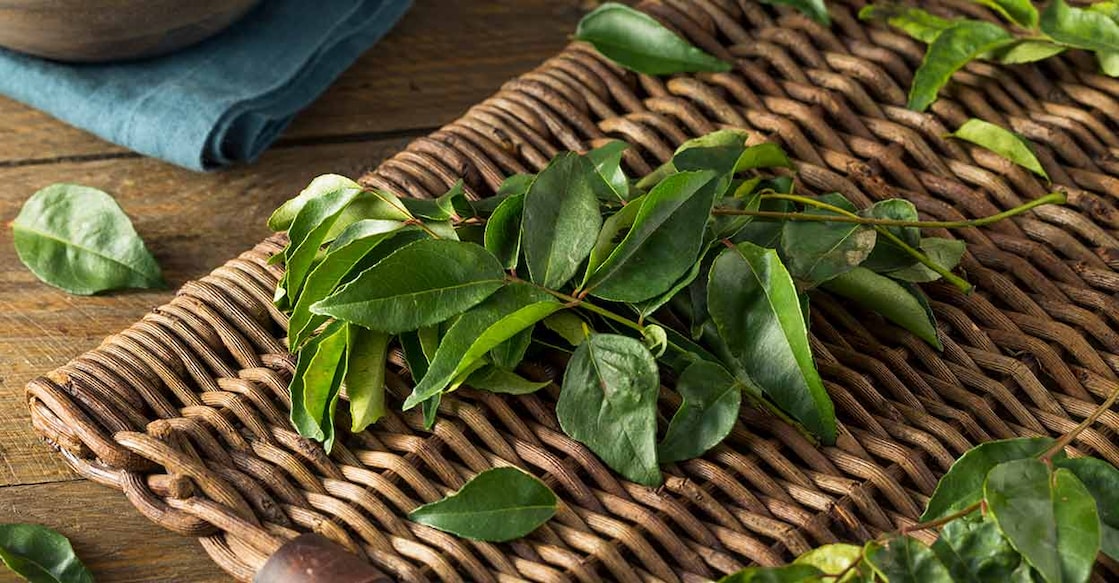Your curry leaves may be coated in pesticide. Here's how to clean them

Mail This Article
Curry leaves are a staple in Indian cooking. They bring aroma to hot oil, depth to rasam, and have long been valued for their medicinal properties. In traditional medicine, curry leaves are used to aid digestion, relieve fever, improve eyesight, and strengthen hair. Boiling them in water was once a home remedy for stomach issues, and oil infused with curry leaves was considered a natural hair tonic.
But not all curry leaves are as healthy as they seem. Especially when bought from markets, curry leaves may be coated in harmful chemicals that are difficult to detect or remove without the right cleaning method.
What studies say about pesticide in curry leaves
A 2016 study published in the International Journal of Environment, Agriculture and Biotechnology (IJEAB) found that curry leaves sold in Indian markets often carry high levels of pesticide residue. These include organophosphates and synthetic pyrethroids, which are not only widely used but also not always approved for edible greens. Many of these pesticides cling to the waxy surface of the leaves and do not wash off with plain water.
The Food Safety and Standards Authority of India (FSSAI) has also reported that curry leaves contain some of the highest pesticide residue levels among vegetables tested. Since curry leaves are often added directly to hot oil or used with very little cooking, these chemicals can end up on the plate with minimal breakdown.
Why rinsing is not enough
Many people assume that a quick rinse under running water is enough. While this removes visible dirt, it does little to get rid of chemical residues. The IJEAB study tested several cleaning techniques and found that a combination of household acids and salts was far more effective.

How to safely clean curry leaves
If you buy curry leaves from a store, follow one of these methods to reduce pesticide residue:
- Salt and vinegar soak
Mix one tablespoon of salt and two tablespoons of white vinegar in one litre of water. Soak the curry leaves in this solution for 15 to 20 minutes, then rinse thoroughly in clean water. - Baking soda solution
Add half a teaspoon of baking soda to one litre of water. Soak the leaves for 10 to 15 minutes, then wash them under running water. Baking soda helps neutralise certain pesticide residues. - Tamarind water
Soak the curry leaves in diluted tamarind water for about 15 minutes. Its natural acidity helps loosen residue from the surface. Rinse well before use. - Warm water rinse
After soaking, give the leaves a final rinse in warm (not boiling) water for about 30 seconds. This can help remove any remaining residue.
The best option: Grow your own
If space allows, growing a curry leaf plant at home is the safest and most reliable way to ensure clean, chemical-free leaves. The plant does well in warm, sunny spots and needs only basic care. Once established, it provides a steady supply of fresh leaves for years.
If growing is not an option, consider sourcing your leaves from trusted organic farmers or vendors who can confirm their cultivation practices.

